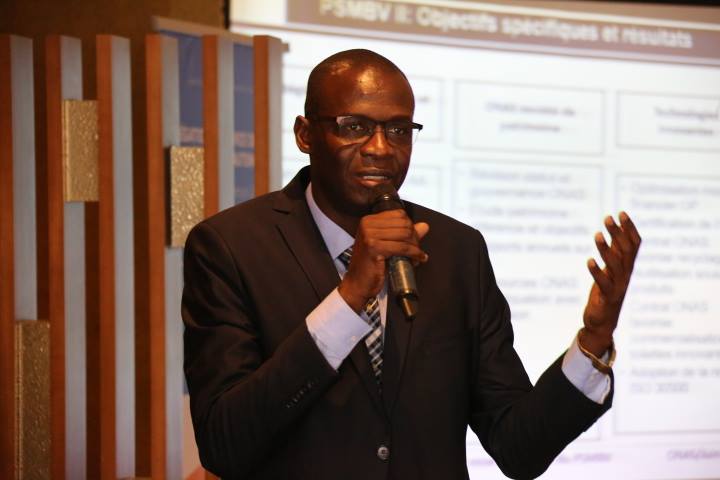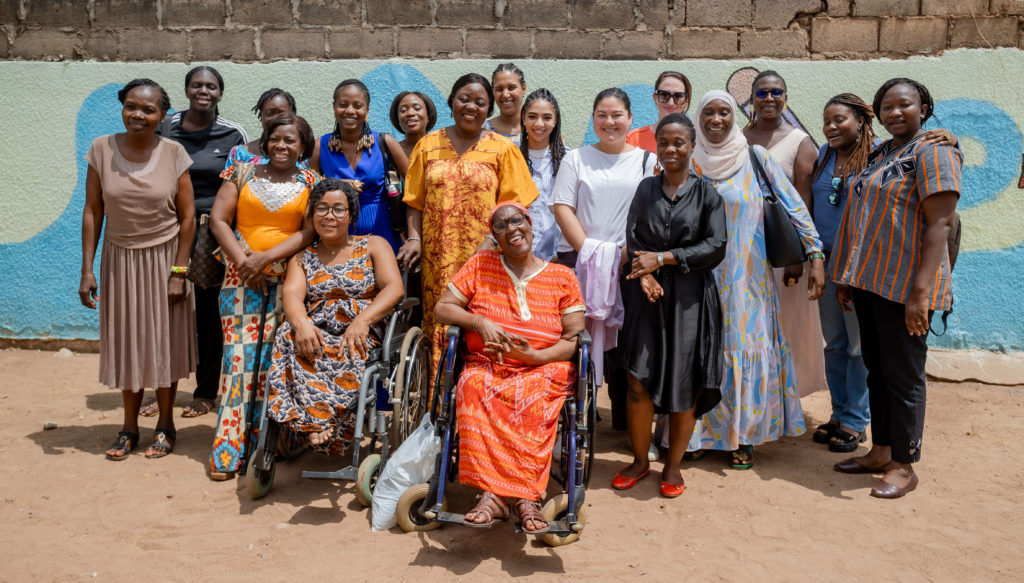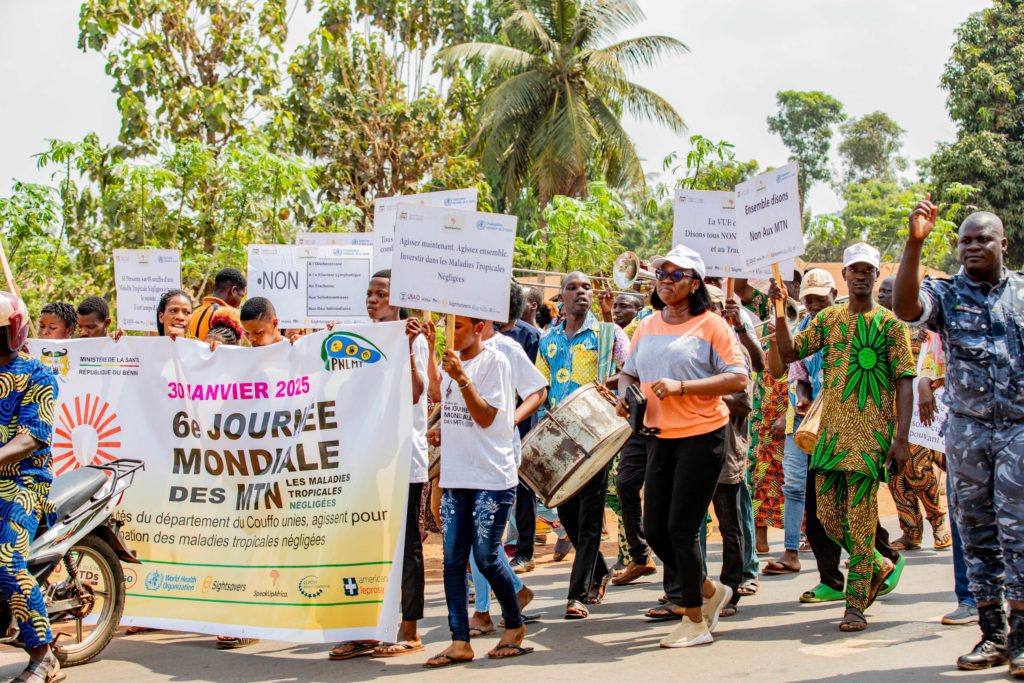A Q&A with Mouhamadou Gueye from Senegal’s National Office of Sanitation on the implementation of the country’s new vision for non-sewered sanitation

After a successful five year pilot program, Senegal’s National Office of Sanitation (ONAS) is implementing the National Program for Sustainable Development of Non-Sewered Sanitation in Senegal (PNDDAA) across the country. With the aim to greatly improve non-sewered sanitation and restructure the fecal sludge management (FSM) sector over the next three years, the program is headed towards being a model for other countries across the African continent.
Mouhamadou Gueye, Program Director of the the Fecal Sludge Market Program in Senegal (PSMBV), recently shared his thoughts on the goals and challenges of the ambitious program that will increase the involvement of the private sector and become an essential pillar for helping Senegal achieve section 6.2 of the the Sustainable Development Goals (SDGs).
Can you briefly explain the framework and the objectives of the new vision for improving sanitation in Senegal?
The new vision of ONAS is to be a champion in all areas of the sanitation business, strengthening our position as a continental leader and reference point, and developing our responsibility. Working towards these objectives, ONAS will keep the benefits of the community as our primary concern.
Winning the challenge of democratizing non-sewered sanitation is a recurrent theme that we want to translate and achieve daily with our partners, and for the preservation of public health and protection of natural environments, contributing to both the economic and social development of the country.
The major changes that are being made for the improvement of non-sewered sanitation include:
- Delegating the management of the treatment plants to private operators.
- The fecal sludge collection will remain open to foster competitive pricing for emptying services.
- Eligibility criteria for delegates in the private sector have been established:
- A business plan will be required with at least three years in business (certified through financial statements);
- Commitment to ISO certification within 24 months after signing the public service delegation contract.
- Eligibility criteria for emptiers:
- Sign an agreement with ONAS to respect guidelines and good practices pertaining to quality of service with customers, hygiene and safety rules for personnel, respecting the quality of sludge deposited into emptying stations;
- Have a drain contract with the public service delegate;
- Be a member of the Senegal’s National Association of Pit Emptiers.
The program is a bold step to improving the lives of the population. What is ONAS’ strategy for implementing the vision in each of Senegal’s regions?
ONAS will use a specific strategy for the implementation that will be based on four pillars:
- Promoting the value chain of non-sewered sanitation through efficient management with innovative technologies by the private sector, for a quality and accessible service;
- Field of delegation from the production of toilets, through the collection in households to the marketing of derivatives. This option makes it possible to secure the supply of the stations and eliminates any dependency on the emptiers and a better control of the tariffs;
- Establishment of the public service delegation on the basis of a multiplicity of homogeneous perimeters;
- Public service delegation contracts, to the private sector, will be established over a period of seven or more years and will, at the same time, regulate the price of the services to be offered.
Do you anticipate any challenges?
Yes, we anticipate challenges because with any change in vision or strategy comes pockets of resistance. However, we have identified potential risks or factors that could jeopardize the achievements of the program, and are prepared with a contingency strategy to control the risks.
Today, what is the most important need for successful implementation?
The key factors leading to a successful implementation include:
- Providing a communication and training plans with all the stakeholders;
- Assisting private companies and public service delegates in the structuring of their activities;
- Establishing a performance contract between ONAS and the public service delegates;
- Developing a quarterly assessment system between ONAS and the private sector operators with specific performance indicators.
To learn more about the program, read this article on the launch or visit www.pnddaa.org.


